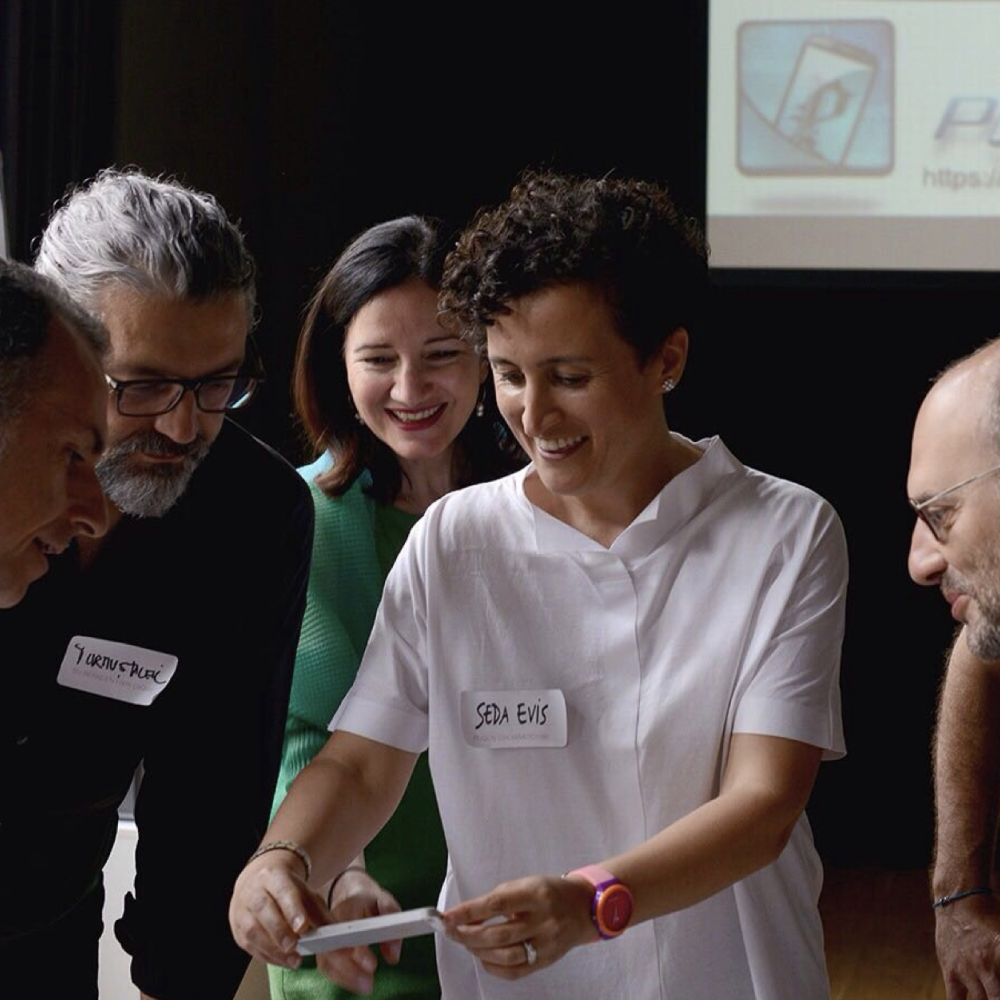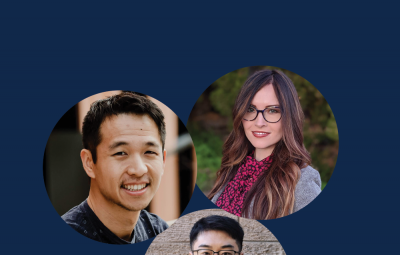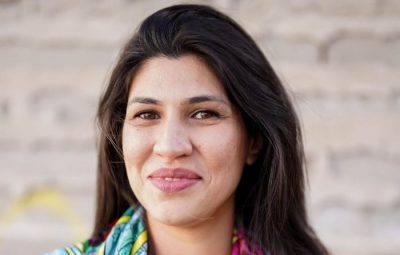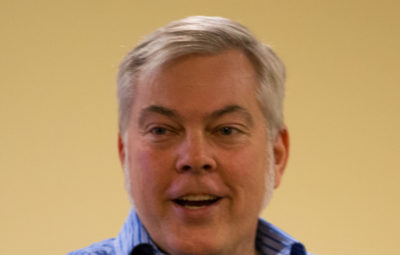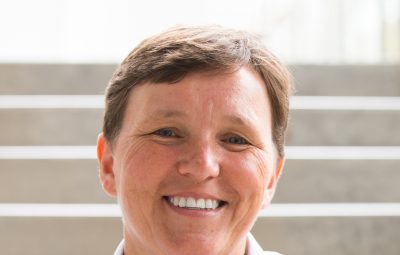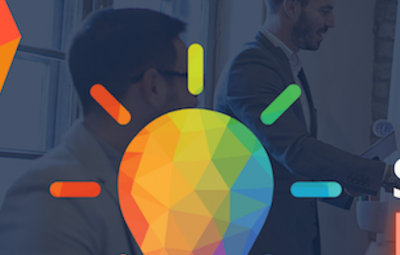While Seda Evis participates as a Designer-in-Residence at UC San Diego with The Design Lab, and is VP of Strategy & Growth at FreshForm Interactive—an experience design and innovation consultancy—she also claims to have what she refers to as a superpower: her hybrid mind.
Evis describes her mind as the combination of two worlds: the business side and the design side. She explains that business typically only laser-focuses on one solution, while design calls for “ambiguity exploration.” She explains that it involves “looking for divergence instead of convergence; and multiple solutions instead of just one; or finding that there isn’t one right answer.”
Evis credits the origin of her hybrid mind to being raised in a geographically, ethnically and culturally diverse part of the world. “I grew up in Turkey, which strides between West and East. You’ll have all these dichotomies that you need to resolve, to live with, and to make sense of things. So I think I have that just naturally. ”

Evis attended the Middle East Technical University in Turkey, where she earned her bachelors in City and Regional Planning–a set of expertise that still comes in handy in her work today. “I don’t plan cities in my current profession, but [I] definitely [use] the skills of working with diverse people from diverse industries or professions.” She explains that as an undergrad, “we did tons of group work, always looking at the larger context, but also zoomed into the neighborhood and street level experience of the city, so I tend to do that in my profession now when looking at the problem I’m solving.”
When it came time for graduate school, Evis made the leap from Turkey to the United Statesto study at the University of San Diego. While earning her MBA in Finance, Supply Chain Management, Seda recalls that the marketing component of her MBA was where she noticed the culture shock of moving to the United States. “You know Asia as: we’re very good at math and physics and those kinds of things. But we’re not very good at selling them; selling ideas or coming up with ideas,” she explains, “Marketing was very difficult for me. I would breeze through statistics, math, economics, and finance, all of that stuff, but marketing, where you really conceptualize an idea,–and not only that, but you communicate that idea–that was very difficult for me, and I think Americans excel at that.”
Evis has made her mark in human-centered design, having successfully completed projects for global companies, including Facebook, CVS Health, GE, Nissan, Toyota and Amazon. She says she measures success in two ways. “I look at the product design or service design world, and one way to look at your success is to look at how many products or services come to life,” she explains. “Another way to look at it, I think, is the amount of ideas that you generated and then impacted the number of people without necessarily a product or service, but you helped change or start changing the culture around something important for humanity, like aging, work and purpose, health, human rights, racism..etc,..”
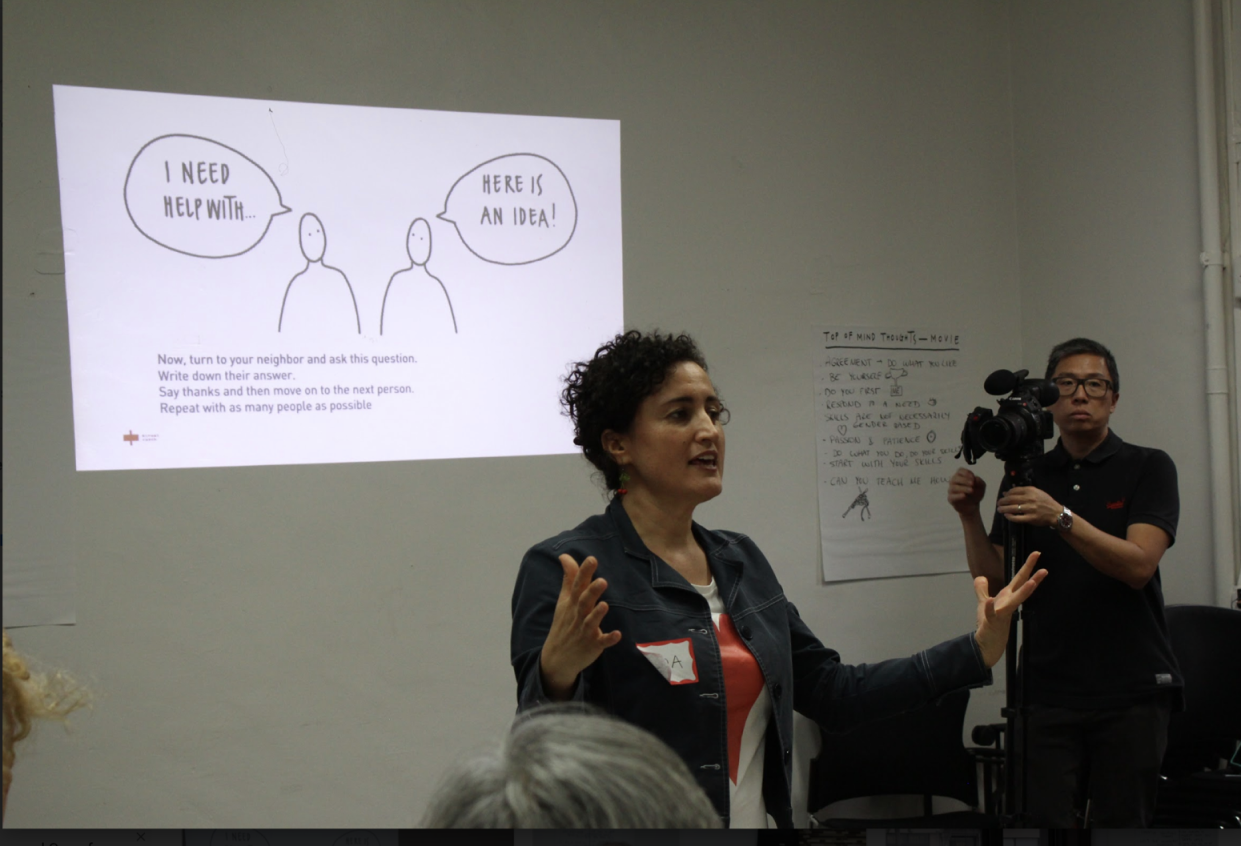
Given everything she has experienced, it is difficult for Evis to pinpoint which project has been her crowning achievement so far. One that she is most proud of, however, is a two-year long research and design project where she traveled around the United States and talked to people over the age of 65. “[We] really tried to understand what aging is like in the United States and really change our perspective about these old ideas about aging,” she said. “It was both a design and research project, but also very much a culture change project…[We] met hundreds of people and really learned about life and I think the best design projects are when you not only learn intellectually about your work, but also it affects how you live and evolves your own values.” The end result of the project was a Co-Design kit authored by Evis and the team at Birsel & Seck Design Studio and the start of Alive Venture Studio “to help entrepreneurs effect change or market products and services for this segment.”
As a Designer-in-Residence at The Design Lab, Evis enjoys working in an interdisciplinary setting, which she says enhances her existing skillset. “Academia tends to be quite separate from how the practice is done,” she explains. “I find ways of doing interdisciplinary work, as well as cross industry work, very important for innovation because that’s how you actually get seeds from different places.” As of now, most of Evis’s work at The Design Lab has been working with the Community Team on the now winning bid for the World Design Capital 2024 (WDC) designation. Her work dovetails with her role on the Board of Directors for the Design Forward Alliance–a non-profit organization started by the Lab in partnership with the regional design community and one of the partners co-leading the HOME 2024 WDC efforts alongside the Design Lab, Burnham Center for Community Advancement, the City of San Diego and the City of Tijuana. The designation puts the San Diego-Tijuana region in a prestigious international cohort recognized for the “effective use of design to drive economic, social, cultural and environmental development.” Even the proposal theme is significant, Evis says. “Home” not only refers to the immense and diverse communities of San Diego and Tijuana that form one, but also serves as an acronym for Human-centered, Open, Multi-disciplinary/Multi-cultural, and Experimental. For Evis, participating in HOME2024 signifies her career “coming full circle.”
